Raspberry planting dates are in spring and autumn. Postponing work until the fall is beneficial for those who are too busy at the beginning of the season. By October, the harvest has already been completed, and summer residents can slowly plant raspberries in a pre-selected area. Beginners are not always attentive to the nuances and often make mistakes during planting. It's better to know in advance what could go wrong.
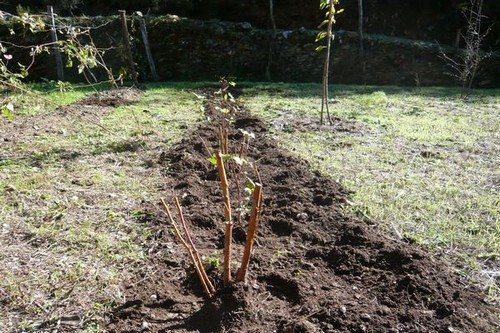
Violation of planting deadlines
When planting raspberries in the fall, you must strictly adhere to the deadlines. Experts recommend waiting until the sap flow stops so that the bush takes root well. In temperate climates, planting dates range from the end of September to the first half of October. Raspberries planted in spring will devote a lot of energy to the growth of young shoots and rooting will be delayed.
When planted in summer, the shrub may not take root at all; the risk of seedlings falling out is especially high in hot weather. An exception is made when planting raspberries in cold regions (Northern Urals, Siberia). Here it is planted in the spring, acting extremely carefully so as not to accidentally break off the branches that start to grow. If you plant raspberries too early in the fall, they will send out young shoots that will freeze in the winter. Late-planted seedlings will not have time to take root.
Selection of low-quality seedlings
It is better to purchase planting material from trusted nurseries or large garden centers. Here the buyer is unlikely to encounter mis-grading or poor quality of planting material.When choosing a seedling, pay attention to the condition of the shoots and roots.
Healthy roots are light and elastic, not dry. The shoots should be thin (this means that they are young), no more than 0.7 m long. It is enough if there are 1-3 stems on the seedling. New growth will appear in the spring after rooting. The shoots of the purchased bush should be bare.
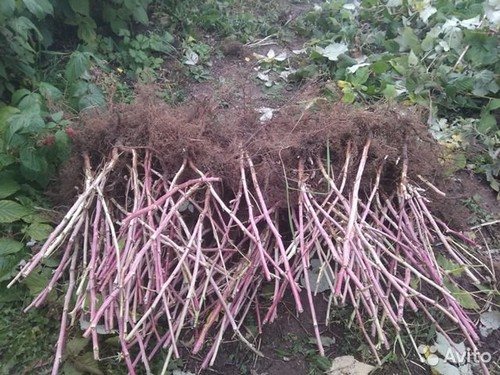
Leaves on the seedling indicate that the plant was removed from the soil before the flow of juices stopped, which is undesirable. The branches should not have cracks or swellings - such signs are often symptoms of diseases. A weak or diseased seedling may die or develop defectively.
Wrong choice of location, infertile soil
To ensure that raspberries produce a harvest of large and sweet berries in the future, choose a sunny place with protection from cold winds for planting them. The culture likes loose fertile loams. If the site has sandy, sandy loam or clayey soil, its composition is improved by adding appropriate additives. Sand and peat are added to clay soil. Sandy soil is weighted with clay additives. It is recommended to lay gravel drainage at the bottom of the hole. A week before planting, fertilizers are added to the soil.
For every sq. meter contribute:
- 4-5 kg of humus;
- 60 g superphosphate;
- 50 g of potassium sulfate.
The earth is dug up along with fertilizers to a depth of 30 cm. All large clods of earth are broken up. Then the soil surface is leveled. You can add fertilizer directly to the hole, separating it from the roots with a layer of soil. Fresh manure cannot be applied as it will burn the roots. The supply of added organic matter to the shrub will be enough for 2-3 seasons.Raspberries planted in the shade produce sour and small fruits, their quantity can also be reduced. The same thing will happen if the bush is deficient in nutrients.
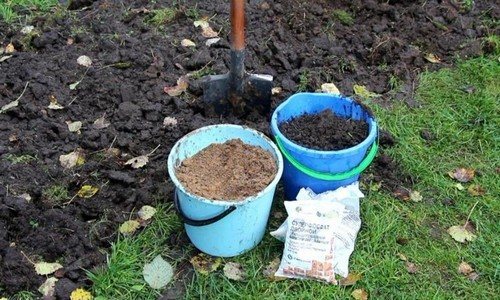
Inappropriate planting pattern, neck deepening
Raspberry bushes are planted according to a certain pattern. A certain interval must be maintained between plants, otherwise they will lack light, ventilation will deteriorate, and the risk of fungal infections will increase. The planting scheme depends on the variety:
- compact bushes are planted at a distance of 50–70 cm from each other;
- tall varieties require an interval of 90–100 cm;
- when planting in a trench, leave 30–50 cm between seedlings.
If there are several rows, row spacing 1.5-2.5 m wide is required. If there is a lot of free space on the site, the gap between the rows is made even larger.

When planting, the seedling is placed vertically, the roots should be straightened. The root collar is buried only slightly; after the soil shrinks, it should be flush with the soil surface. If this rule is neglected, the buds will not be able to break through the thickness of the soil. The seedling may die for this reason.
However, planting too shallowly is unacceptable; in this case, the root buds dry out in the heat and can freeze in the winter. The upper roots should be under a layer of soil 4–5 cm thick. After planting, the stems are shortened to a height of 30 cm and the seedlings are watered abundantly if the weather is dry. There is no need to do this during the rainy season.
Lack of insulation in the root zone
Modern raspberry varieties are very sensitive to low temperatures and easily freeze in winter if you do not provide insulation for them. This is especially true for young, newly planted seedlings. It is best to mulch the bush with organic materials:
- fallen leaves;
- rotted shavings;
- pieces of bark;
- chopped straw.
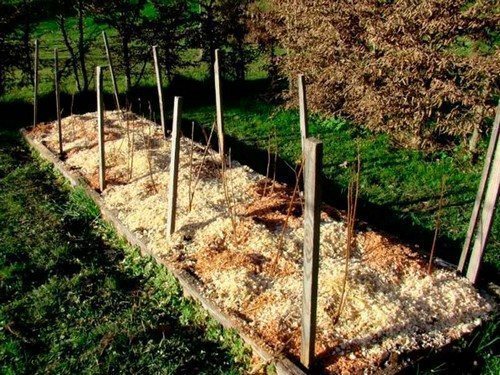
The thickness of the mulch layer is no more than 4 cm, otherwise the root collar may dry out. 2 layers of non-woven covering material are laid on top. This will create an additional air gap. It is not advisable to use film due to its airtightness. An excellent solution would be to build a frame shelter.


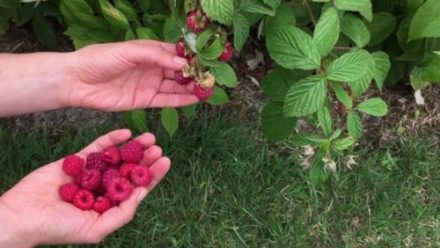

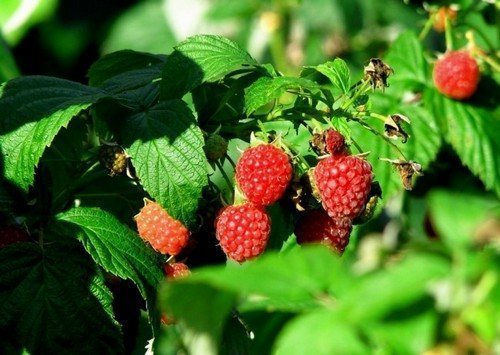

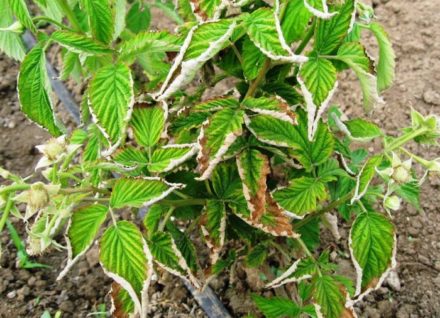
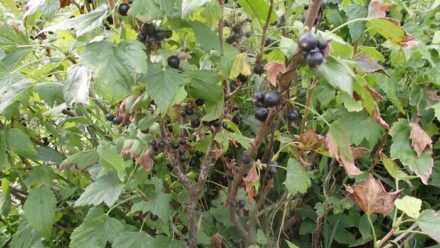

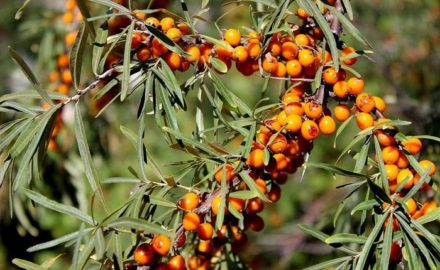
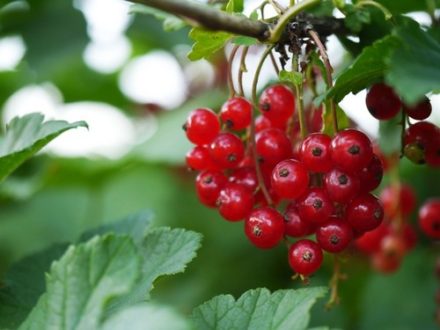
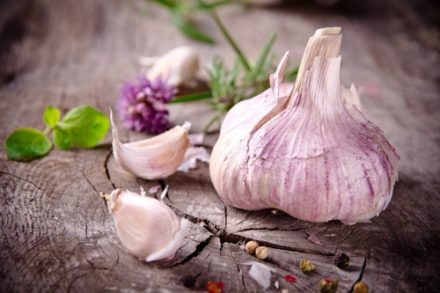

I plant in a bush 7 or 9 STEMES ONE AND A METER HIGH! at the end of the astronomical summer! SURVIVAL RATE IS 100 PERCENT AND I HARVEST IN THE SUMMER!